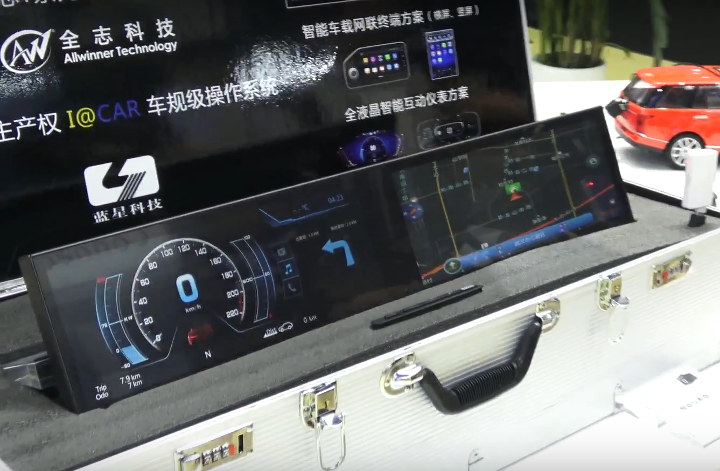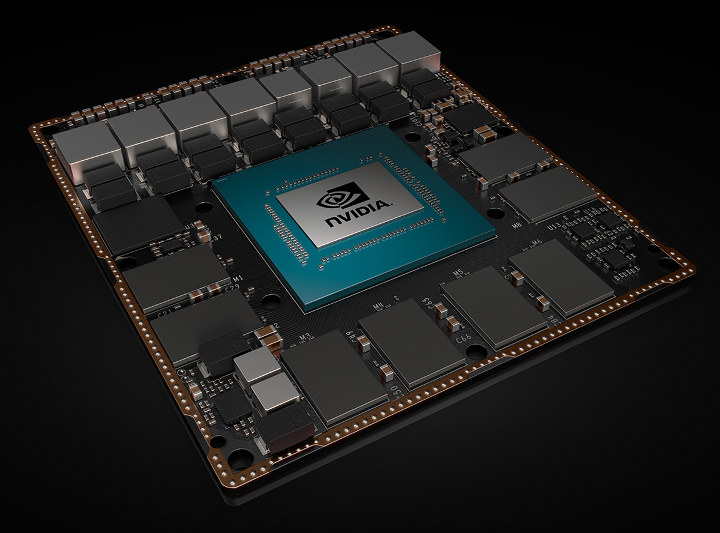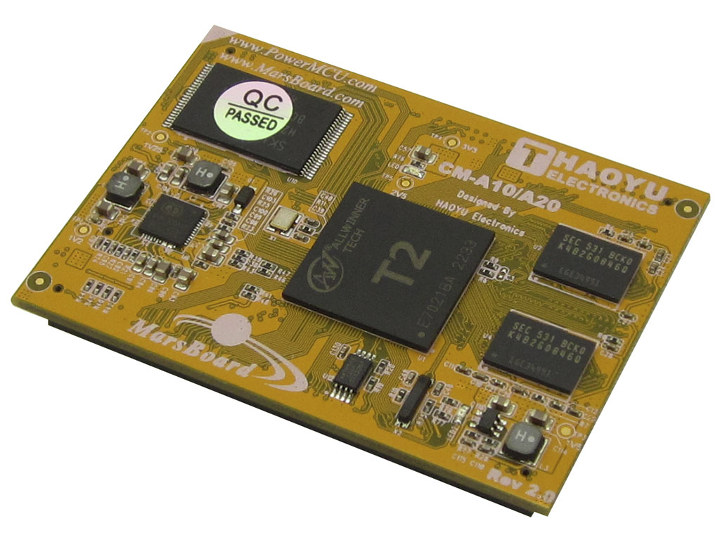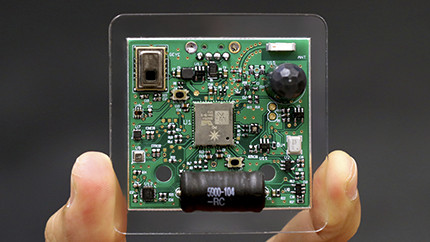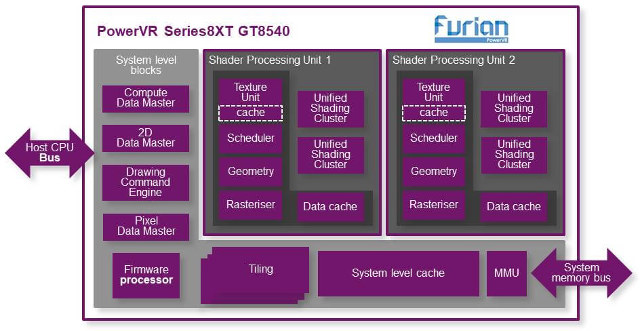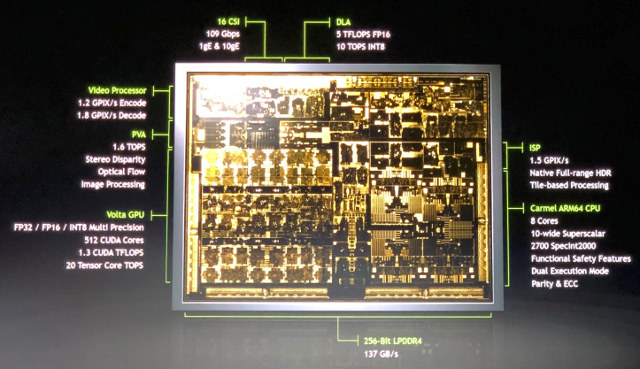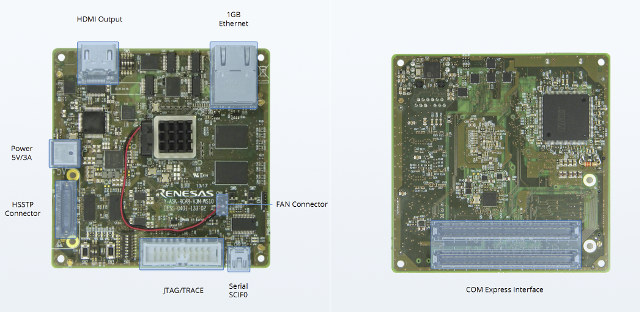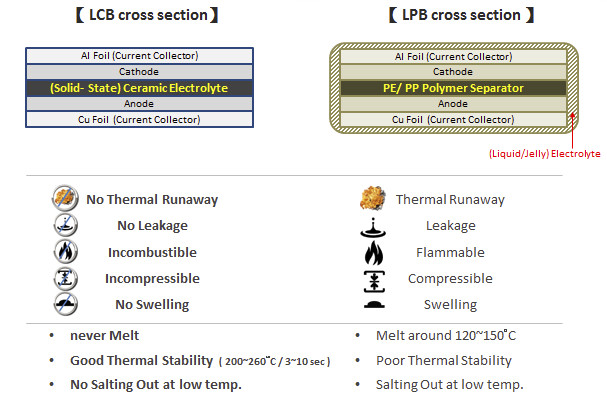Allwinner T-series processors such as Allwinner T2 are designed for the transportation / automotive market for products like smart rear-view mirrors, infotainment systems, and navigation systems. While the company’s offered wide-temperature range support, AFAIK they did not have a part that had an actual automotive certification so far. This changes with their Allwinner T7 processor which is said to be the first Chinese processor achieving AEC-Q100 Grade 3 qualification. AEC-Q100 is a “failure mechanism based stress test qualification for integrated circuits” brought out by the Automotive Electronics Council. The chip must pass various tests within their specified temperature range (grade): Grade 0: -40°C to +150°C ambient operating temperature range Grade 1: -40°C to +125°C ambient operating temperature range Grade 2: -40°C to +105°C ambient operating temperature range Grade 3: -40°C to +85°C ambient operating temperature range Grade 4: 0°C to +70°C ambient operating temperature range Allwinner T7 comes with an […]
NVIDIA Introduces Jetson Xavier Devkit and Isaac Robotics Software
NVIDIA Xavier was first unveiled in September 2016 as an artificial intelligence SoC with eight NVIDIA Custom 64-bit Arm cores, a 512-core Volta GPU, 8K video encoding and decoding, and a computer vision accelerator (CVA) now called NVDLA (NVIDIA Deep Learning Accelerator). Earlier this year, the company announced Xavier was sampling, and DRIVE IX & DRIVE AR SDKs for the automotive market. On the eve of Computer 2018, NVIDIA has introduced Jetson Xavier development kit, as well as Isaac robotics software for autonomous machines. Jetson Xavier key specifications: SoC – NVIDIA Xavier with 8-core ARMv8.2 64-bit CPU, 8MB L2 + 4MB L3 512-core Volta GPU with Tensor Cores 2x NVDLA engines for deep learning 7-way VLIW Processor for vision acceleration VPU with dual 4Kp60 video decoding and encoding System Memory – 16GB 256-bit LPDDR4x | 137 GB/s Storage – 32GB eMMC 5.1 flash Display – 3x eDP/DP/HDMI at 4Kp60 | […]
Allwinner T2 is a Rebranded Allwinner A20 Processor Operating in Industrial Temperature Range
Last month, Allwinner unveiled A40 and A60 industrial and military grade processors leveraging IP blocks from the old-but-popular Allwinner A20 dual core processor. This is good news for software support, as A40 and A60 should hopefully become supported in U-boot and the Linux kernel without too many efforts, as well as for companies or makers requiring wider temperature ranges in their products. However, those new processors were not pin-to-pin compatible with Allwinner A20, so a PCB redesign would be required. That’s where Allwinner T2 comes into play, as reported by Olimex, it is a rebranded Allwinner A20 dual core Cortex A7 processor with an industrial temperature range (-40 to +85 °C) that makes it suitable for automotive infotainment. I actually covered Allwinner T2 back in 2015, but at the time Allwinner did not mention anything about temperature range, and SATA support – found in A20 – was not shows in […]
Synthetic Sensors Combine Multiple Sensors and Machine Learning for General-Purpose Sensing
Sensors can be used to get specific data for example temperature & humidity or light intensity, or you can combine an array of sensors and leverage sensor fusion to combines data from the sensors to improve accuracy of measurement or detect more complex situation. Gierad Laput, Ph.D. student at Carnegie Mellon University, went a little further with what he (and the others he worked with) call Synthetic Sensors. Their USB powered hardware board includes several sensors, whose data can then be used after training through machine learning algorithms to detect specific events in a room, car, workshop, etc… List of sensors in the above board (at frequency at which data is gathered): PANASONIC GridEye AMG8833 IR thermal camera (10 Hz) TCS34725 color to digital converter (10 Hz) MAG3110F magnetometer (10 Hz) BME280 temperature & humidity sensor, barometer (10 Hz) MPU6500 accelerometer (4 kHz) RSSI data out of 2.4 GHz WiFi […]
Imagination PowerVR Series8XT GT8540 GPU Can Drive up to Six 4K Screens, Supports Hardware Virtualization
Imagination Technologies introduces PowerVR Furian architecture last year with improved performance, power and density, as well as dual cluster PowerVR Series8XT GT8525 GPU based on the new architecture, and targeting high-end smartphones, virtual reality and automotive products. The company has now introduced a quad cluster Furian GPU called PowerVR Series8XT GT8540 that can simultaneously drive up to six 4K screens at 60fps thanks to an 80% fillrate density improvement, and supports virtualization providing separation of services and applications. The new GPU mostly targets the automotive market with some new cars now requiring multiple screen support with high resolution displays for cluster, Head-Up Display (HUD) and infotainment. Hardware virtualization is equally important for automotive application, as you’ll want to separate safety-critical code, from infotainment applications for example, so if the latter crashes, the safety-critical code can still run unhindered. Each would run on separate shaders processing unit, with up to 8 […]
NVIDIA Xavier AI SoC Now Sampling, DRIVE IX & DRIVE AR SDKs Announced
Well over a year ago, NVIDIA introduced Xavier, their next generation self-driving and artificial intelligence processor, with eight custom ARM cores, a 512-core Volta GPU, and support for 8K video encoding and decode. A few months ago, the company provided some more details and unveiled NVIDIA DRIVE PX Pegasus A.I. computer for level 5 autonomous driving with two Xavier processors and two NVIDIA next-generation GPUs delivering a total 320 TOPS of computing power. For that it’s worth, 320 TOPS is about 3200 times more powerful than Intel Movidus Neural Network Compute Stick. CES 2018 has now started, and NVIDIA made several announcement related to gaming and automotive markets, and confirmed Xavier is now sampling to select customers. What’s really new from the announcement is the addition of two new SDKs (software development kits) for the processor beside the original NVIDIA DRIVE AV autonomous vehicle platform: DRIVE IX – Intelligent experience […]
Renesas R-Car M3 Starter Kit is Designed for ADAS Applications
Most boards targeting the automotive market are impossible to purchase by individual, so last year I was pleasantly surprised when I discovered Renesas R-Car M2 Porter Linux automotive infotainment development board was available for sale on Digikey, and had good documentation on eLinux.org. The company has now introduced another automotive board, namely R-Car V3M starter kit, that’s not designed for infotainment, but instead for ADAS (Advanced Driver Assistance Systems) or even AD (Automated Driving) applications. Specifically, the board is supposed to “accelerate the development of New Car Assessment program (NCAP), front camera applications, surround view systems, and lidars” leveraging the company’s R-Car V3M image recognition SoC. Renesas R-Car V3M starter kit (V3MSK) specifications: SoC – Renesas R-Car V3M processor with two Cortex A53 64-bit cores @ up to 800 MHz, a dual lockstep Cortex-R7 32-bit core @ up to 800 MHz, IMP-X5-V3M image recognition engine System Memory – 448KB RAM on-chip; […]
Prologium Lithium Ceramic Solid State Batteries Don’t Catch Fire, Nor Explode
You must have read articles or watch videos showing laptop or smartphone battery explode, and Lithium-ion batteries are considered hazardous enough that they are banned from airplane without the proper paper work. Such batteries can catch fire or even exploded when overcharged, or physically damaged. We have protection circuits for the former, and physical damage seldom happens, so in most cases the batteries are safe, and that’s why they are still used in laptops and phones. However, if you need maximum safety, Lithium ceramic battery (LCB) may be the way to go. Those are still Lithium-ion battery cells, but they replace the liquid polymer separator found in Li polymer battery (LPB) by a solid-state ceramic electrolyte, and you can mistreat them almost as much as you like with overcharge, cut them, bend them, and they won’t catch fire, nor explode. One company that makes such batteries is Taiwan based Prologium […]


